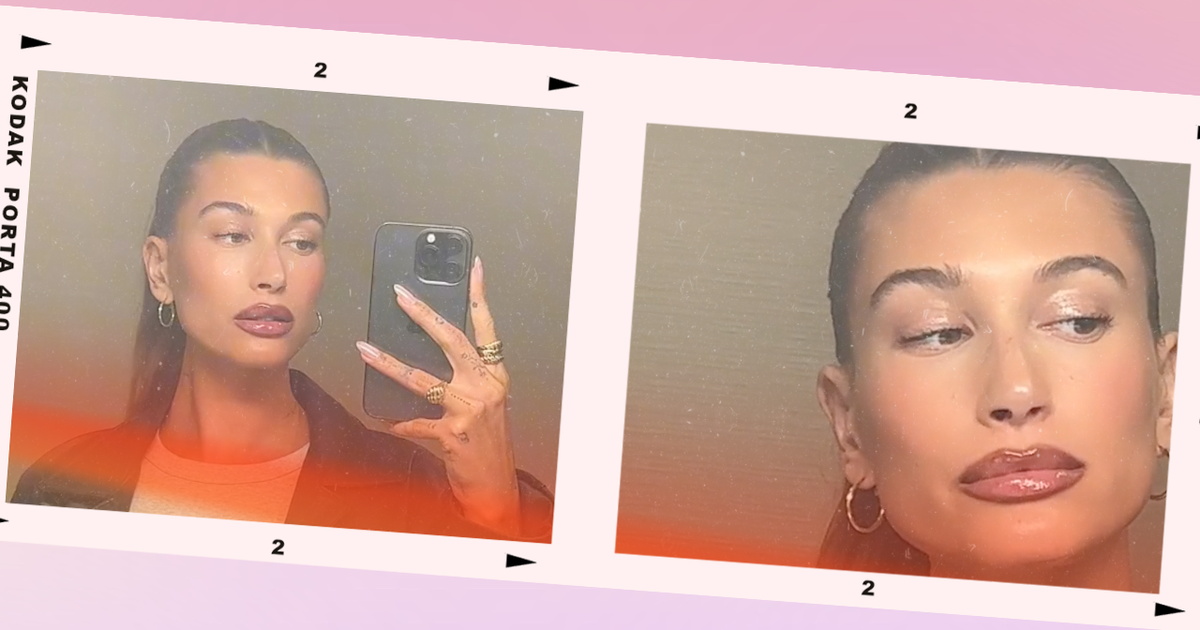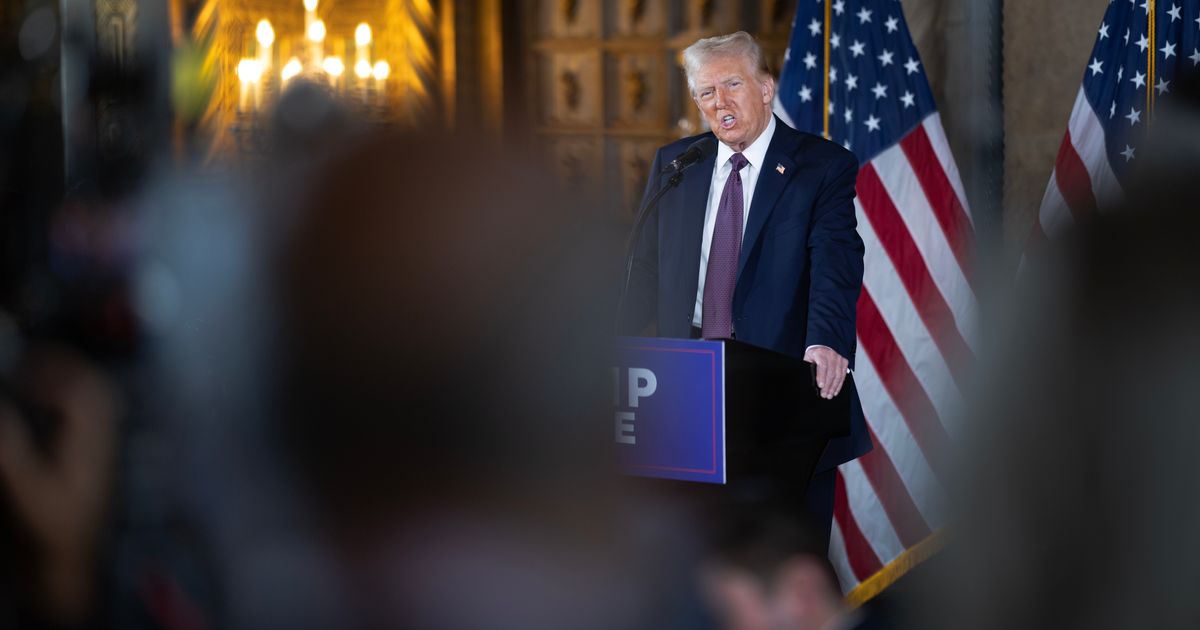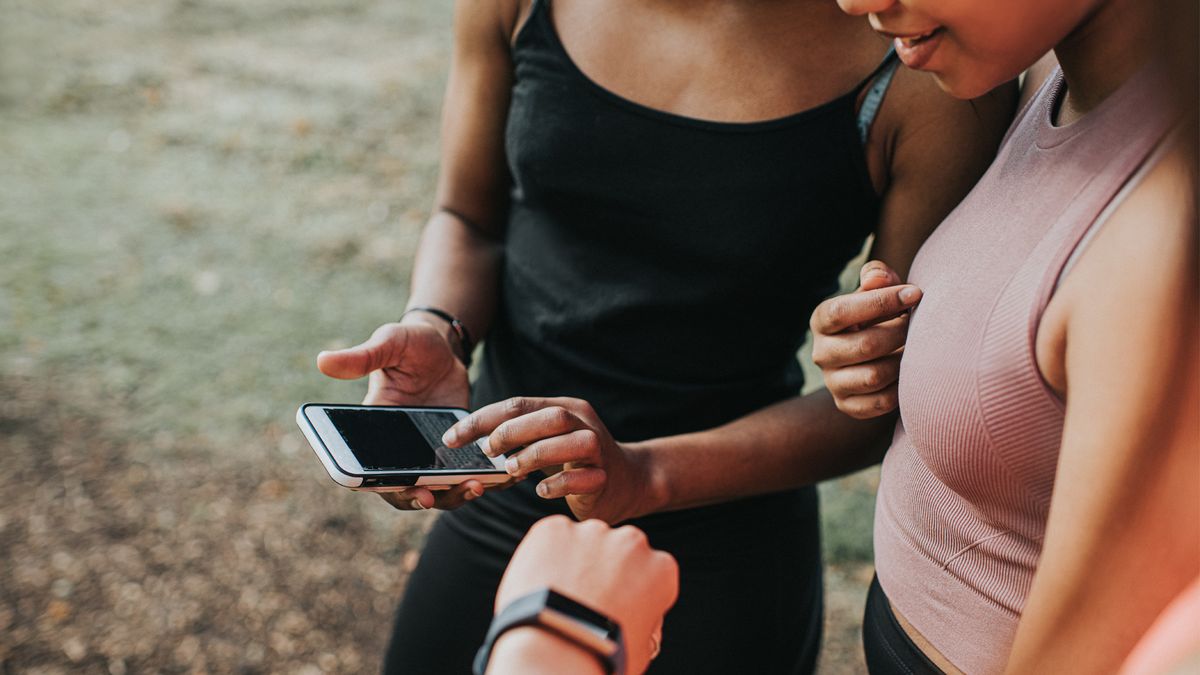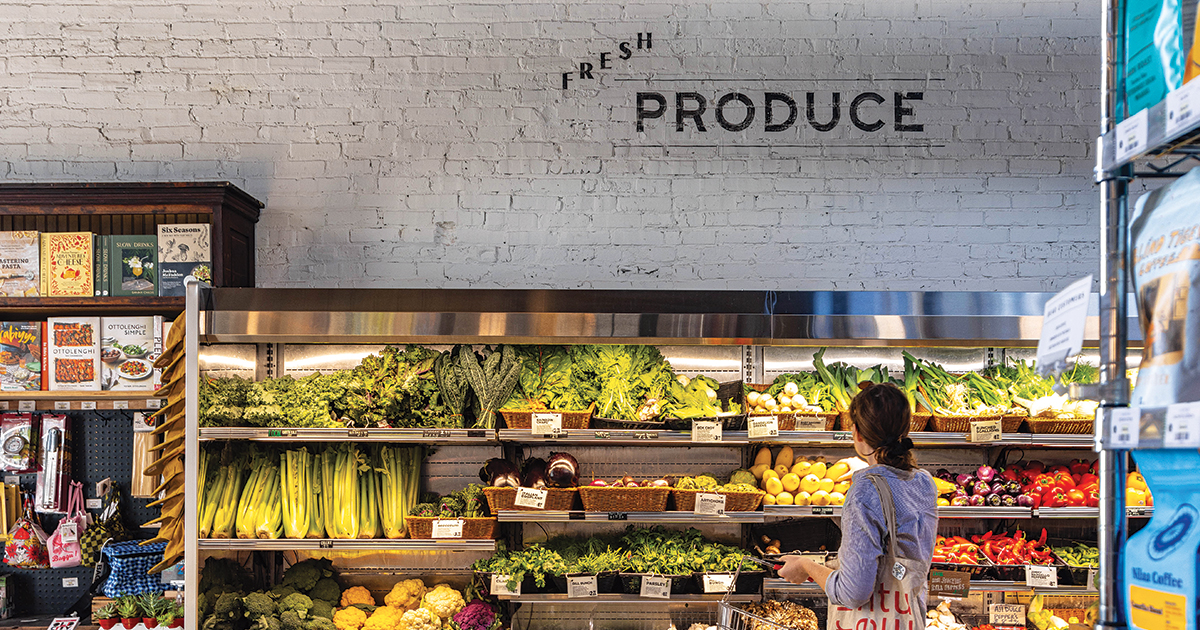Fashion
From Rhode Lippies to Loewe Bags, Is Food the New High Fashion Influencer?

The opinions expressed in this article are the writer’s own and do not reflect the views of Her Campus.
This article is written by a student writer from the Her Campus at Toronto MU chapter.
Have you ever wondered why you’ve been seeing big beauty brands like Rhode use pastries, fruits, and ice cream sundaes in the marketing of their infamous peptide lip treatments?
Or perhaps you’ve seen the influx of grocery-related campaigns from high fashion houses? Take Loewe, who released a family of candles with notes inspired by aromatic vegetable produce. I’m talking about the tomato, cucumber, or the oregano-smelling ones — which at first sounded so ludicrous I doubted they would do well, but I was very wrong.
A few days ago, I was swiping through a slew of Instagram stories when I stopped at an ad marketing these structured, gloss-lacquered leather bags that looked like bricks of chocolate. The brand was mlouye, and remembering the food-fashion fanaticism I had been thinking about that week, I opened up their page.
Reels of those same bags appeared with chocolate placed all around them, and another video mocked the bag-making process by showing slabs of chocolate being sewn and strung together to make a purse instead of leather.
Other ads from the same brand showed gorgeous Italian models squeezing summer clementines onto bags as if to say, “look at how delicious these two look, don’t you want to touch this bag now?”
It makes me think of how fashion and beauty almost try to tempt their consumers to “take a bite” of their luscious new product, in the same way that a Wendy’s ad might wave a burger in your face.
The allure of food is universal, and when applied to marketing the yummy factor of a product, it can be easy to delight a consumer enough to buy it. This also applies to the rapid social media beauty trends that use “blueberry milk” nails, “espresso” makeup, and “cherry cola” hair to inspire and create crazes about a certain new look.
But this leads to an important question: why does high fashion seem to fall into this trend of food advertising?
Gone are the days of minimalist editorials and in walks produce-inspired photography. But how is food all of a sudden the face of makeup and fashion advertising? Knowing that brands establish their luxe factor by associating with other recognizable status symbols, what does that say about food now?
The economy of recent times has changed the way we perceive what is worth buying and what isn’t. Think of the lipstick index — women preferring smaller, more frequent purchases like lip products over bigger financial commitments to say, eyeshadow palettes — and even the Snickers phenomenon. This recently coined phenomenon calls out the recent inflated grocery prices in the U.S. under the Biden administration that made up just 10% of the American family’s annual budget.
Still, grocery prices dominated the inflation conversation. This is because people prized smaller treats like Snickers bars on an everyday basis, which added up to a number that made people feel like food prices were outrageous. This feeling of loss in spending power is what makes us view food as an upcoming luxury.
All of this is to say that sweet treat culture, food advertising, and fashion are all inextricably linked to one another. They provide a means to analyze the broader social context of the Western world and can be a direct reflection of the economic states we live through. Although dystopian, it somehow seems fitting that the West would choose food as a means to subtly hint at luxury where other cultures around the world grapple with different problems.
I sometimes wonder how the same mlouye ads that I find creative and a fun play on the current trends would be read in a country wrestling the grip of famine or war? Is the ability to use food as a sign of wealth a way for the West to push away from other cultures?
Maybe it’s a commentary on how liberal and privileged we are — that despite food shortages around the world and inflation in our very own country, almost as if brands take advantage of that to create a new way to distinguish social classes. Where homelessness is rampant in California, a studio in Los Angeles thinks it appropriate to market a lip gloss with strawberries and cream.
I think that it’s the openness that makes these brands still relevant to their returning customers as they adapt to changing economic times to come up with new ways to define what luxury is. The upper social classes revel in portraying ideas of middle-classness and farm-inspired lifestyles without living the burdens associated with them.
Creators like Nara Smith, Ballerina Farm, and Emily Mariko come to mind. Wealthy American women choose to portray the height of their wealth and status not by luxury cars or bags but by showing how they can shop from farmer’s markets and have time to make food from scratch.
Nara Smith wears gorgeous, off-the-runway dresses whilst making cola, cereal, or ketchup from scratch. This had a profound effect on what I interpreted as a luxury by association witnessed in real-time.
Perhaps it’s not food as a broad category that is the luxury, but it’s simpler, organic forms that come directly from the Earth. That is the ultimate sign of wealth — that you can afford food without the concern of added preservatives, pesticide use, or tight family budgets.
Ultimately, it will be interesting to see how this trend progresses with time, and with the latest Trump-Harris election results, there will no doubt be changes in the economy. Will the impact food has on beauty, fashion, and marketing endure?









